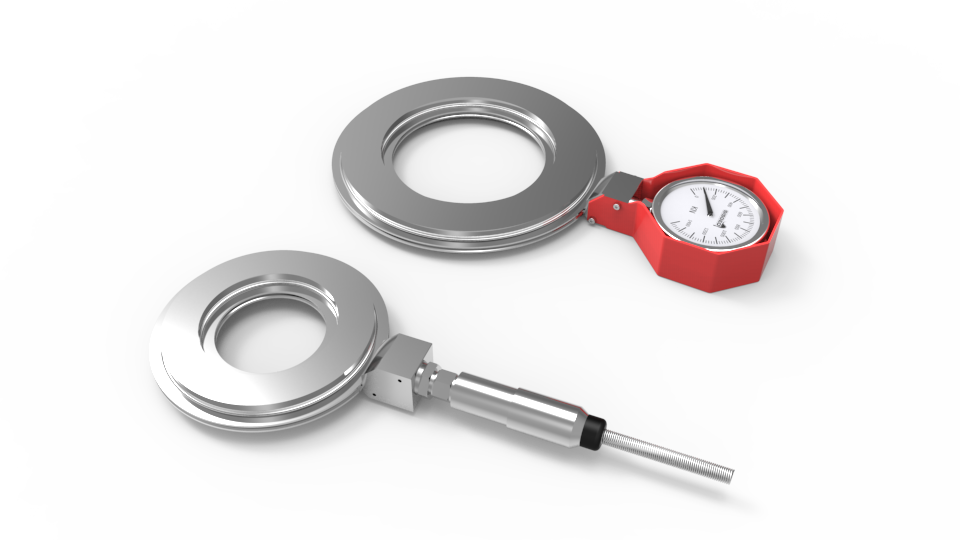Electric Anchor Load Cells
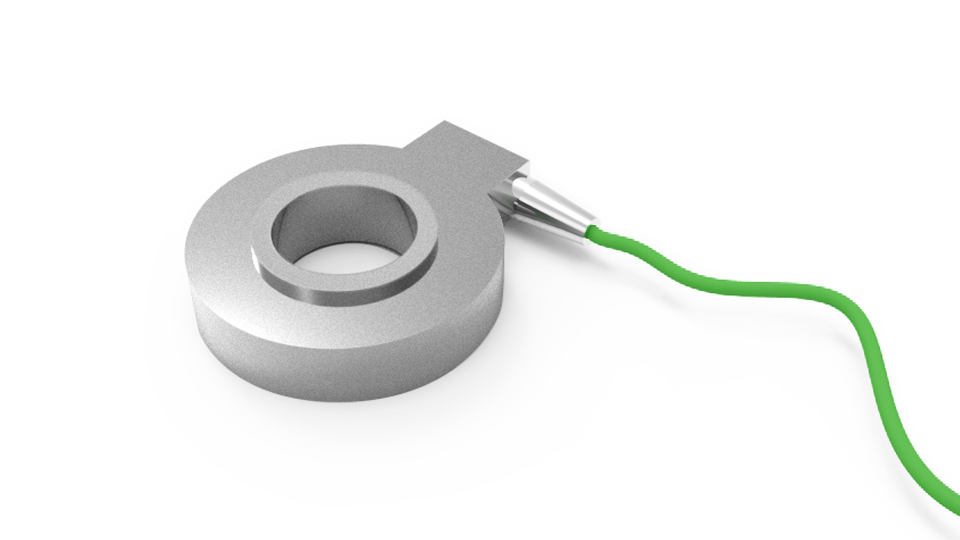
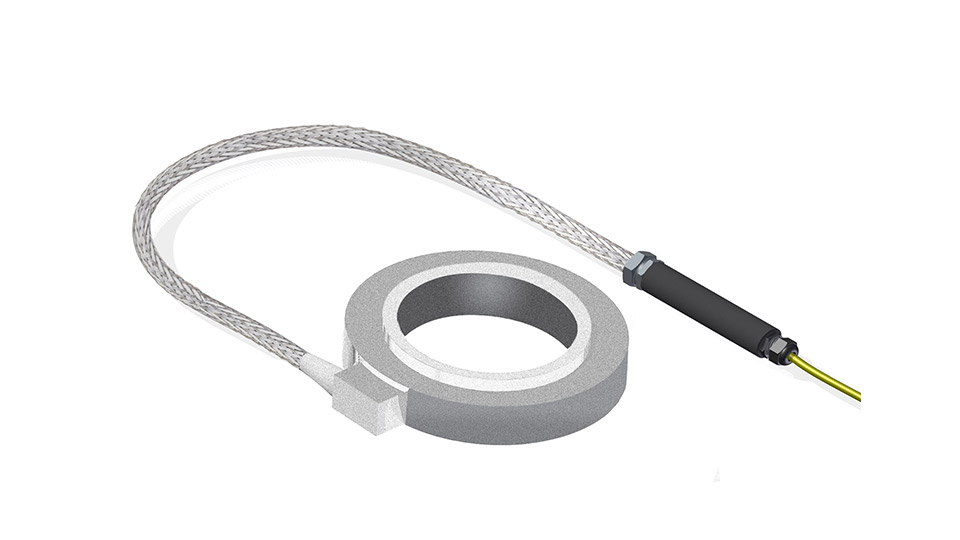
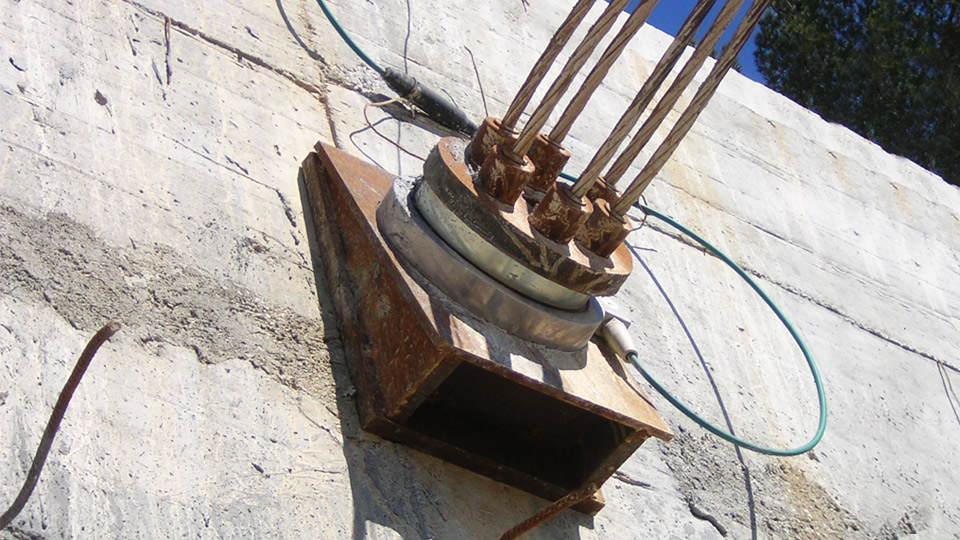
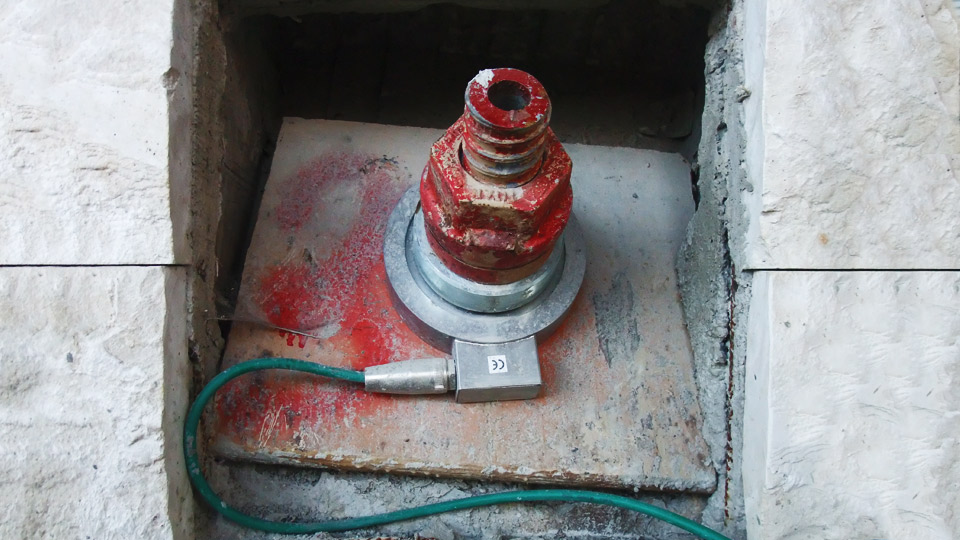
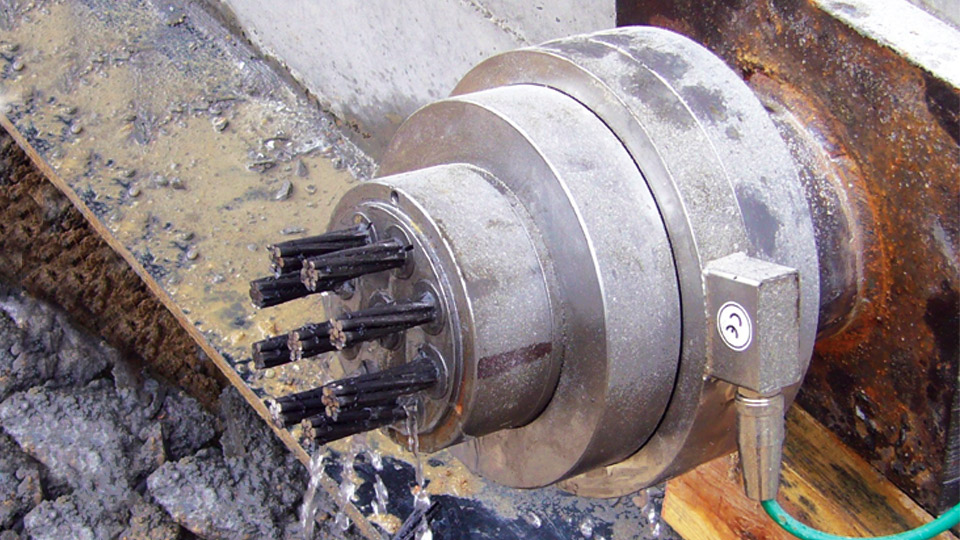
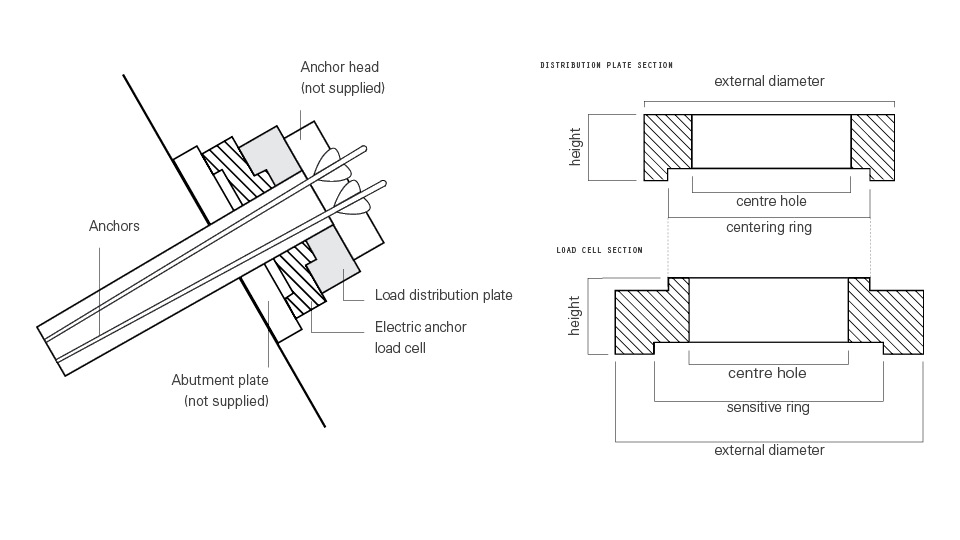
Reference products codes: L200, ELC420
Electrical resistance anchor load cell consists of a ring-shaped stainless steel body which incorporates from 8 to 16 electrical resistance strain gauges in full bridge configuration.
Typical applications include performance testing of anchor systems in tunneling or deep excavations. The cell design minimizes the sensitivity to the eccentric load. Anchor load cells are available in a variety of ranges and diameters. A very stiff distribution plate is supplied, in order to ensure that the load is applied equally over the annular loading surface of the cell.
Readings are obtained with CRD-400 readout, New Leonardo portable datalogger or OMNIAlog automatic data acquisition system.
Any common piece of wire will change resistance slightly when placed under tension. Wire arranged to maximize this effect forms a strain gauge. Strain gauges are typically etched foil patterns glued to a bar of metal or other tensionable material.
In a load cell, strain gauges are placed so that when the cell is loaded, the gauges are strained, changing their resistance. The resistance change per unit of strain is very small. To measure such small changes in resistance or voltage, these sensors are almost always used in a bridge configuration with a voltage excitation source. The general Wheatstone bridge consists of four resistive arms with an excitation voltage that is applied across the bridge.
Different configurations existing:
• single-point bridge sensor (a single resistor changes, while the other three are fixed)
• two-point bridge sensor
• four-point bridge sensor (all four elements varying).
The last one, also name “full bridge configuration” is the bridge type used in SISGEO instruments because very linear and sensitive output is needed.
When the instrument is connect with a long cable (>50mt) it is necessary to reduce errors arising from voltage drops in the excitation line, so 6 wires are necessary to be wired to the readout/datalogger using 2 analog inputs, one to measure the output voltage and the other to measure the excitation voltage. The voltage drop is then divided by the excitation voltage to find the ratio between the two.
Readable by
Questions
about this
product?
about this
product?
Datasheet
Manual
Data processing
Faq
Questions
about this
product?
about this
product?
Datasheet
Manual
Data processing
Faq




